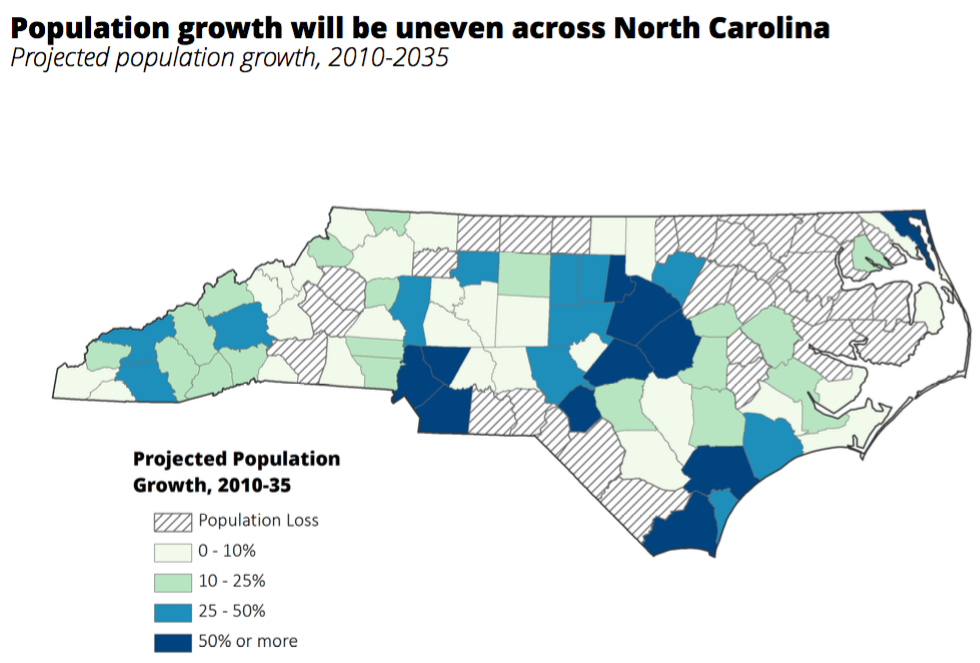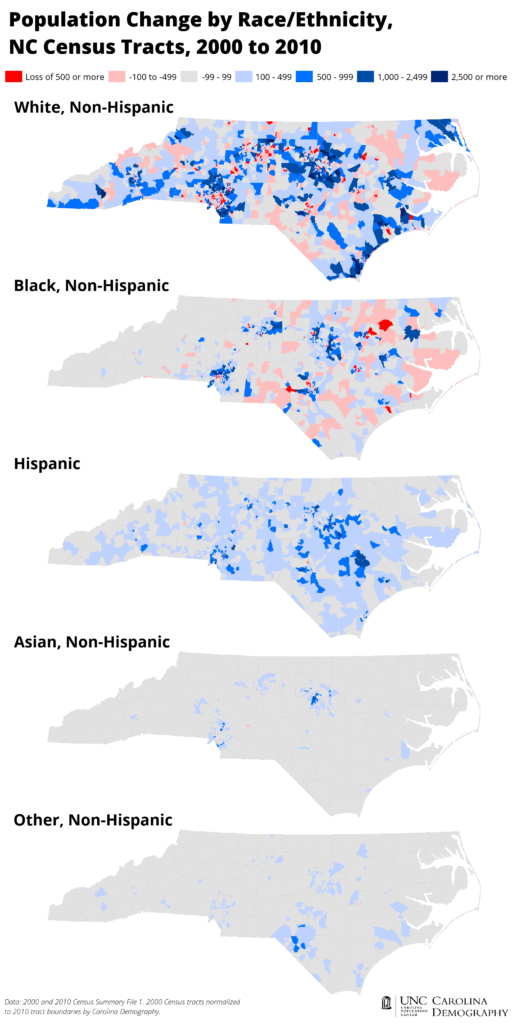Urbanization & Changing Demographics
go.ncsu.edu/readext?750403
en Español / em Português
El inglés es el idioma de control de esta página. En la medida en que haya algún conflicto entre la traducción al inglés y la traducción, el inglés prevalece.
Al hacer clic en el enlace de traducción se activa un servicio de traducción gratuito para convertir la página al español. Al igual que con cualquier traducción por Internet, la conversión no es sensible al contexto y puede que no traduzca el texto en su significado original. NC State Extension no garantiza la exactitud del texto traducido. Por favor, tenga en cuenta que algunas aplicaciones y/o servicios pueden no funcionar como se espera cuando se traducen.
Português
Inglês é o idioma de controle desta página. Na medida que haja algum conflito entre o texto original em Inglês e a tradução, o Inglês prevalece.
Ao clicar no link de tradução, um serviço gratuito de tradução será ativado para converter a página para o Português. Como em qualquer tradução pela internet, a conversão não é sensivel ao contexto e pode não ocorrer a tradução para o significado orginal. O serviço de Extensão da Carolina do Norte (NC State Extension) não garante a exatidão do texto traduzido. Por favor, observe que algumas funções ou serviços podem não funcionar como esperado após a tradução.
English
English is the controlling language of this page. To the extent there is any conflict between the English text and the translation, English controls.
Clicking on the translation link activates a free translation service to convert the page to Spanish. As with any Internet translation, the conversion is not context-sensitive and may not translate the text to its original meaning. NC State Extension does not guarantee the accuracy of the translated text. Please note that some applications and/or services may not function as expected when translated.
Collapse ▲Population Growth in North Carolina
As of 2020, North Carolina was the ninth most populous state in the country with 10.4 million residents. By 2030, that number is expected to reach nearly 12 million.
As of 2015, over half of North Carolina’s population was living in only 13 counties, all of which are within metropolitan areas. According to Carolina Demography, “virtually all (99%) of the state’s growth is projected to occur in counties that belong to either metropolitan or micropolitan areas.”

Source: Carolina Demography, Carolina Population Center at UNC Chapel Hill
A Diversifying Population

Source: Carolina Demography, Carolina Population Center at UNC Chapel Hill
North Carolina is also becoming more racially and ethnically diverse. In 2015, 32% of state residents belonged to a minority group. Urban areas, in particular, have seen significant demographic shifts in recent years (see maps at right). Between 2000-2010, rural areas experienced a notable decline in the Non-Hispanic Black population, while urban areas saw large increases. During that same time, the Asian population grew by nearly 100,000, with almost all growth in the Triangle and Charlotte. The Hispanic population grew statewide, but with the largest growth occurring in the Triangle, Charlotte, and Fayetteville in addition to the more rural Sampson and Lee counties.
North Carolina’s metropolitan areas are home to a greater concentration of the state’s foreign-born population, as well as English-language learners (see Table 1). Nearly 11% of residents living in the state’s more urban counties (characterized here as having over 200,000 people) are foreign-born, compared to only 5% of residents in the rest of the state. Almost 15% of urban county residents speak a language other than English at home, compared to only 8% of residents in the state’s more rural counties. While most urban county residents who reported speaking a non-English language at home are speaking Spanish (58%), a number of other languages are also prevalent among urban, non-English speakers, such as Chinese, Vietnamese, and African languages.
Implications for N.C. Cooperative Extension
North Carolina’s landscape is changing rapidly. Now, more than ever, communities of all sizes are in need of research-based solutions to address critical issues like land use, food systems, youth development, and more. As the state’s population continues to urbanize, N.C. Cooperative Extension is making an intentional effort to cultivate resources and champions across the rural-urban continuum to carry this important work into the future. Learn more about our work in urban areas of the state.



